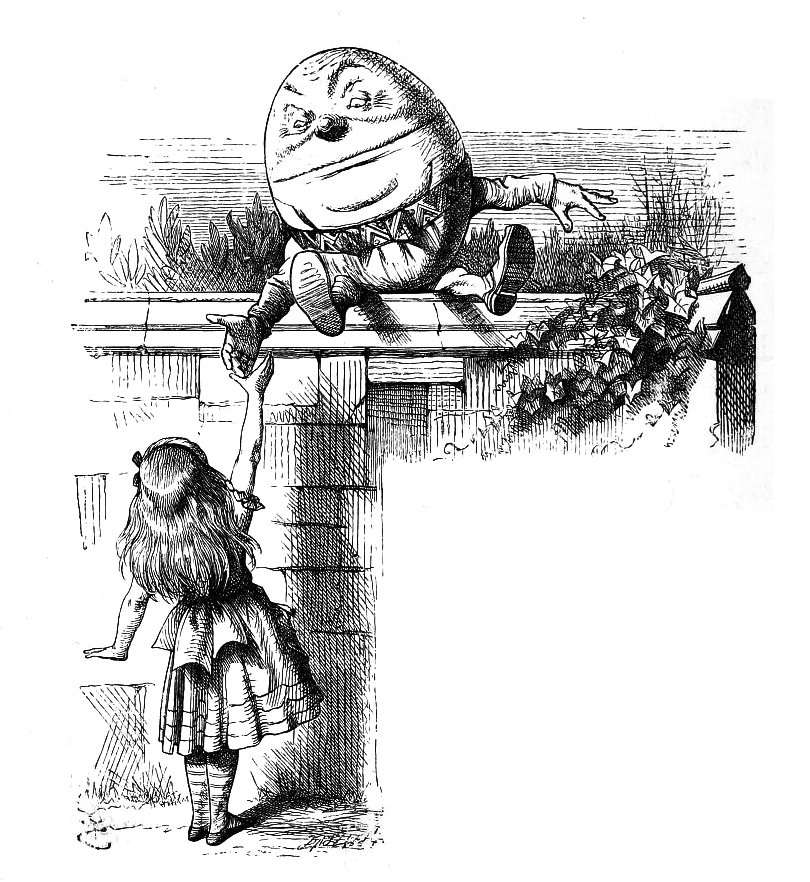ShackledNation
Libertarian
When signing a bank contract, you are told you can withdraw your money on demand despite the fact only 10% of it is actually on reserve. No matter how you spin it, that is not completely honest. Here is an interesting article discussing why fractional reserve banking is fraudulent business behavior:It's not believable that people at the banks conspire to delude their customers into believing all of the deposits are in the bank always and never is one penny loaned out. I know that's not true and you must know that this is not true and you're not thinking about what you're stating. Everyone's heard James Stewart tell the mob in the Bailey Savings and Loan that the deposits were loaned out to the neighbors. Kids learn this in school.
Fraud Is the Root of Fractional Reserve Banking, Part I
A bank run brings the fraud to light. People put money into banks for safekeeping. But when they try to get the money out, it is not there. The money is not there. The understanding is that we can access our money on demand, hence the term demand deposit. But if everyone tried to do this, we couldn't. Worsening the problem, money would just be printed to cover up the gap. The dollar you get back is worth less than the dollar you put in. I am not trying to say banks are evil, but what they are doing is fraud whether they acknowledge it or not.
Are you saying if I decided to counterfeit US dollars in my home it would be ok so long as I loaned that money out and made sure to back the loan with collateral? Why can individuals not engage in the same behavior banks do if there is nothing fraudulent about it?The money created by banks and backed by collateral in accordance with law is the chosen legal tender in most countries including the US.
Can you link to that story? Because your description makes little sense. A man owns gold and he decided to put that gold into the shape of coins. Are you saying he trying to put them in the form of US silver dollars? Because that makes no sense whatsoever because a gold coin of that size would be worth far more. Are you saying he tried to use gold as money and was prevented from doing so? In that case, the story makes apparent the reality that government prevents us from using what we desire as money in transactions.Gold is not. A man was recently arrested for counterfeiting because he said the gold coins he made could be used as actual dollars and he attempted to use and convince others to use them as US dollars. That's what counterfeiting is.

